- Overview
- Trip Outline
- Trip Includes
- Trip Excludes
- Gallery
- Reviews
- Booking
- FAQ
No details found.
No details found.
Itineraries
Day 1
Arrival at Dhaka
Arrival at Dhaka International Airport. Meet & greet at the Terminal-2 and transfer by representative and guide to your pre-confirmed hotel of your choice. Overnight at Hotel. Dhaka is more than 1500 years old city, and became capital of the country in 1608 under the Mughal rule. During ancient and medieval periods the city was known to the world for its unique product, the Muslin – the finest fabric ever produced in the world. As the capital of Bangladesh it has grown into a bustling city of trades and commerce, cultural and sport activities, vibrating with full of life. The city has two parts – the old part and the new part. The old part is known as the Old Dhaka, which developed during the Mughal period. With the happy blending of the old and new architectural trends, traditions and modernization, Dhaka has been expanding so fast since the independence of Bangladesh in 1971. At present about 15 million people live in the city. Now the city of Dhaka is filled with history, tradition and culture. It has endless numbers of activities, attractions accommodations and business opportunities.Day 2
Dhaka
Buffet Breakfast at hotel. Proceed to Sonargaon to visit Panam Nagar at Sonargaon (About 29 km from Dhaka). Sonargaon was one of the oldest capitals of ancient Bangladesh. Dhaka was connected with the silk road by Uttarapath (North Road) constructed in the 3rd century BC. The road was refurbished in the 16th century AD and became known as The Grand Trunk Road which also connected Dhaka with Sonargaon. Sonargaon Folk Art Museum & Goaldi Mosque(The Goaldi Mosque is one of the very few surviving medieval monuments in the city of Sonargaon about half mile northwest of the little township of Panam. Built in 1519, the graceful, single-domed Goaldi Mosque is the most impressive of the few extant monuments of the old capital city, and a good example of pre-Mughal architecture). Later proceed to old Buddhist Ruins in Mainamati, Comilla. Afternoon back to Dhaka and transfer to hotel. Overnight at hotel.Day 3
Dhaka
Buffet breakfast at hotel and full day sightseeing covering Sadarghat River Front, located in the southern part of Dhaka, on the river Burignaga, is one of the most dynamic places in Dhaka. Here, the Sadarghat Lunch Terminal is one of the largest river ports in the world. About 200 large and small passenger launches (motorized boats) depart and arrive at the terminal every day. According to the officials at the terminal, 30,000 people, in average, use the terminal for departure and arrival every day. At this place the scene of hundreds of country boats laden with passengers and merchandise crossing the river is fascinating, Ahsan Manjil(Pink Palace) -Ahsan Manzil is one of the most significant architectural monuments of Bangladesh. It was built in 1872 in the style of Indo-Saracen Revival architecture on the bank of the river Buriganga. Also known as the Pink Palace for its color, the two-storied building stands on a raised platform of one meter. The lofty dome of the palace stands 27.13m above the ground. Once the residential palace of the Nabob of Dhaka, its now houses a splendid museum, which gives a good insight into the luxurious life-style of the past Nabobs of Dhaka,Lalbagh fort-It is an old Mughal fort in the southwestern part of Dhaka City. The construction of the fort was commenced in 1678 by a Mughal prince, Muhammad Azam. The fort, with its three gateways, is a combination of three buildings: the Diwan-i-Aam or Audience Hall with a HamamKhana or Turkish bath downstairs, the Tomb of PariBibi and the mosque. The fort covers 18 acres of land. Lunch at local restaurant. Later National Museum (The museum, located at Shahbag, started its journey in 1913. It has very rich collections of a large number of sculptures, paintings, old coins, metal images, silver filigree, calligraphy, folk art and handicrafts etc. of ancient and medieval periods. The museum is well organized and displays have been housed in several departments like department of ethnography and decorative art, department of history and classical art, department of natural history, and department of contemporary and world civilization), Lord Curzon Hall (The Curzon Hall is a British Raj-era building and home of the Faculty of Science at the University of Dhaka. The building was originally intended to be a town hall and is named after Lord Curzon, the Viceroy of India who laid its foundation stone in 1904.Upon the establishment of Dacca University in 1921, it became the base of the university's science faculty), Central Shaheed Minar, Dhakeswari Temple (Dhakeshwari National Temple is a famous Hindu temple in Dhaka first built in 12th century, and later rebuilt and renovated numerous times. This state-owned temple is the ‘National Temple’. The name ‘Dhakeshwari’ means ‘Goddess of Dhaka’. Dhakeshwari Temple is the most important Hindu place of worship in Bangladesh). Overnight at hotel in Dhaka.Day 4
Departure Dhaka
After buffet breakfast at Hotel visit very interesting BenaroshiPolli (http://tinyurl.com/p9mf5y4) Handloom Heritage (Banarasi saris are made of finely woven silk and are decorated with intricate design. Their special characteristics are intricate intertwining floral and foliate motifs. The saris are often part of a bride's outfit. Depending on the intricacy of its designs and patterns, a sari can take from 15 days to a month and sometimes up to six months to complete. Banarasi saris are mostly worn by women on important occasions such as when attending a wedding and are expected to be complemented by the woman's best jewellery. Sometimes the saris are embroidered to improve their gorgeous look. The sarees manufactured here are not only supplied to all districts of Bangladesh but also exported to India, Pakistan, Srilanka, China, America and other countries of the world. About 10 to 15 thousand weavers are involved in Mirpur Benarasi Sharee Industries where the sharees are designed, hand woven and marketed locally by traditional weavers and traders for generations. The Jacquard loom use punched card s which control the weaving, enabling workmen to produce the most beautiful patterns in a style. The punch cards are rectangular with holes punched in them. The hooks and needles used in weaving are guided by these holes in the cardboard. Any image can be embodied into a chain of punched cards and woven by the Jacquard loom.) in Mirpur. After transfer to the airport for final departure with happy memories.No details found.
No details found.
No Details Found

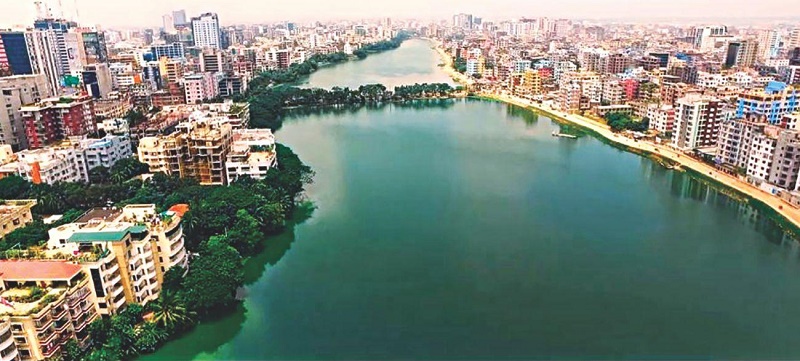
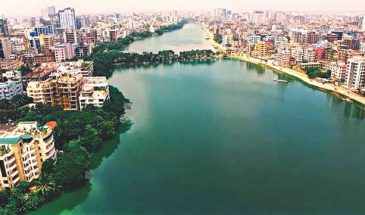
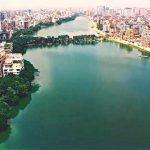
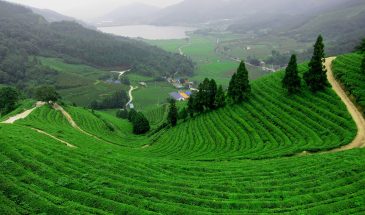
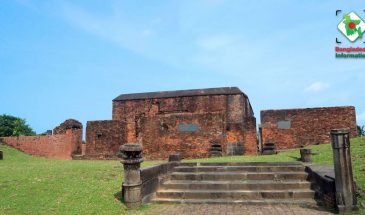
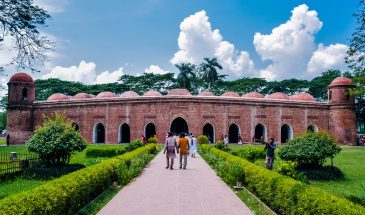
There are no reviews yet.